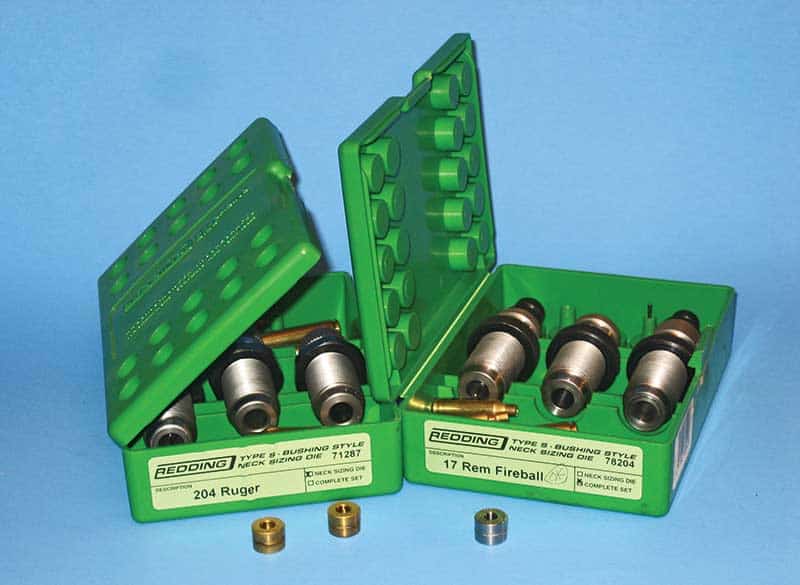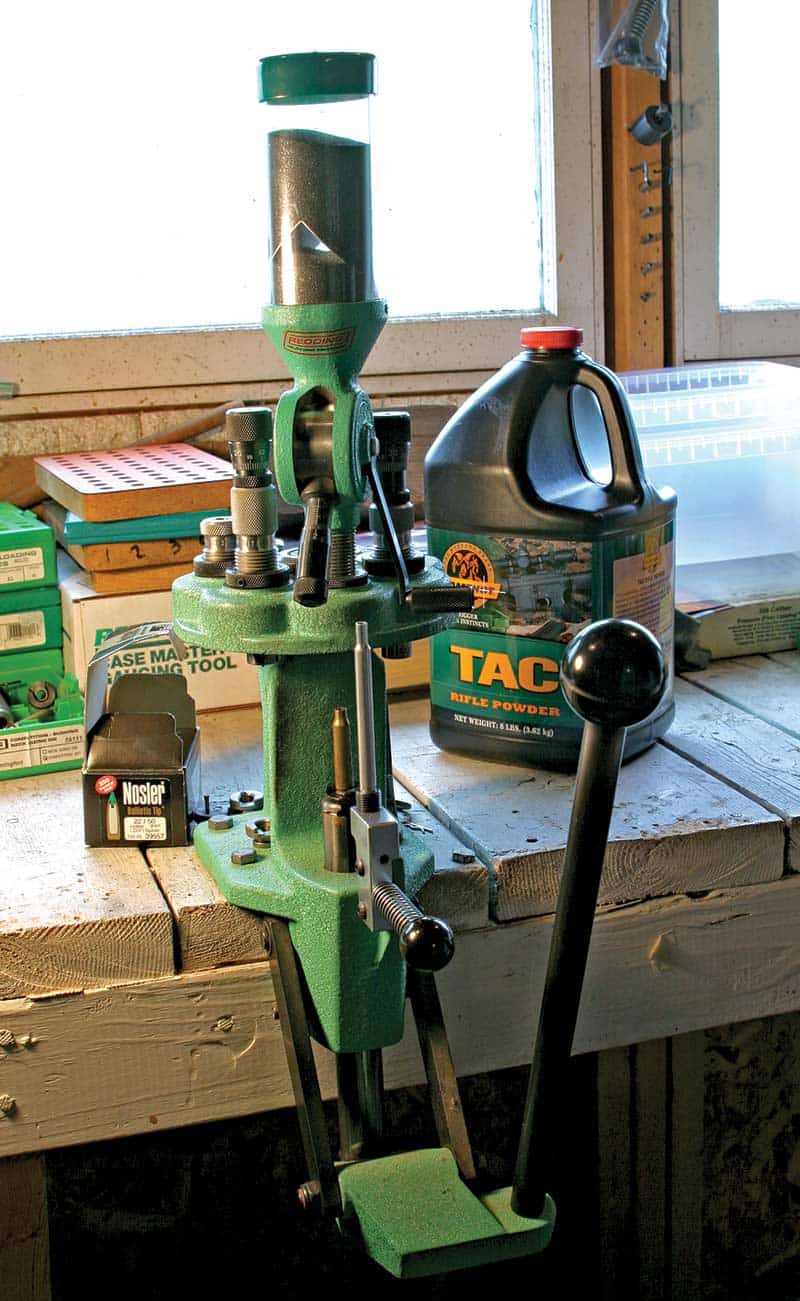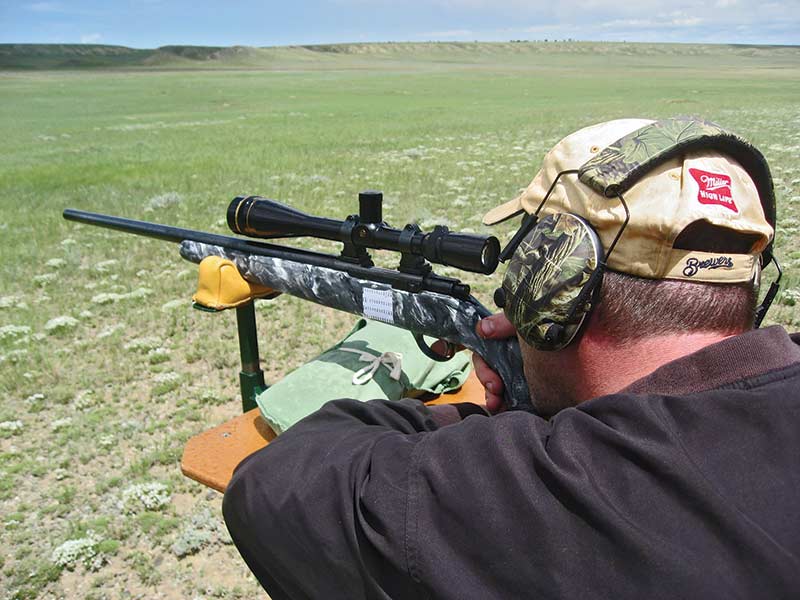Eventually I figured out a way to use my Redding T-7 turret press as a semi-progressive for loading really accurate rifle ammo. This turned out to be easier than expected, only requiring a shortening of the primer-feed tube and mounting a Redding BR-30 powder measure with its lock-ring on top of the turret, allowing the measure’s spout to clear the shortened primer-feed tube.
Redding doesn’t recommend this “conversion,” but not because of any danger or wearing out a T-7, but because the jostling of even a semi-progressive prevents powder measures from working as precisely as when mounted solidly. But I’m loading relatively small charges of fine-grained powders, mostly sphericals, and the system works well enough for me to load 300 rounds of pretty precise ammo an hour, matching the real-world output of many lower-priced progressives. (By the way, a turret press also saves time over a single-stage press, because less time is spent screwing dies in and out. Most turret presses also have switchable heads, so dies can be left set up in different heads. This saves time but not money or space.)
If you load for a number of different cartridges, another time-saver is to keep a running inventory of brass, bullets, powder and primers. This may seem like a pain but really isn’t—at least after performing the initial inventory. Every time I buy more components, or shoot up a batch of ammo, I log it into a file on my computer. (A paper system works just as well, though slower.) As a result I know when it’s time to buy some more small-pistol primers or IMR 4895—or even if it’s not time. One reason I started the inventory system was finding a good-sized batch of new 7×57 brass a couple of weeks after I’d bought another good-sized batch of new 7×57 brass—because I’d forgotten about the first batch. In that instance, the inventory system would have saved both time and money.
Forster Products, Inc.
310 East Lanark Avenue, Lanark, IL 61046
(815) 493-6360
https://www.forsterproducts.com
Harrell’s Precision
5758 Hickory Dr., Salem, VA 24153
(540) 380-2683
http://www.harrellsprec.com
Lee Precision
4275 Highway U, Hartford, WI 53027
(262) 673-3075
https://leeprecision.com
Redding Reloading Equipment
1089 Starr Road, Cortland, NY 13045
(607) 753-3331
https://www.redding-reloading.com
SmartReloader Products
Helvetica Trading USA, LLC
701 Lawton Rd., Charlotte, NC 28216
(800) 954-2689
http://www.smartreloader.com
Subscribe To GUNS Magazine








